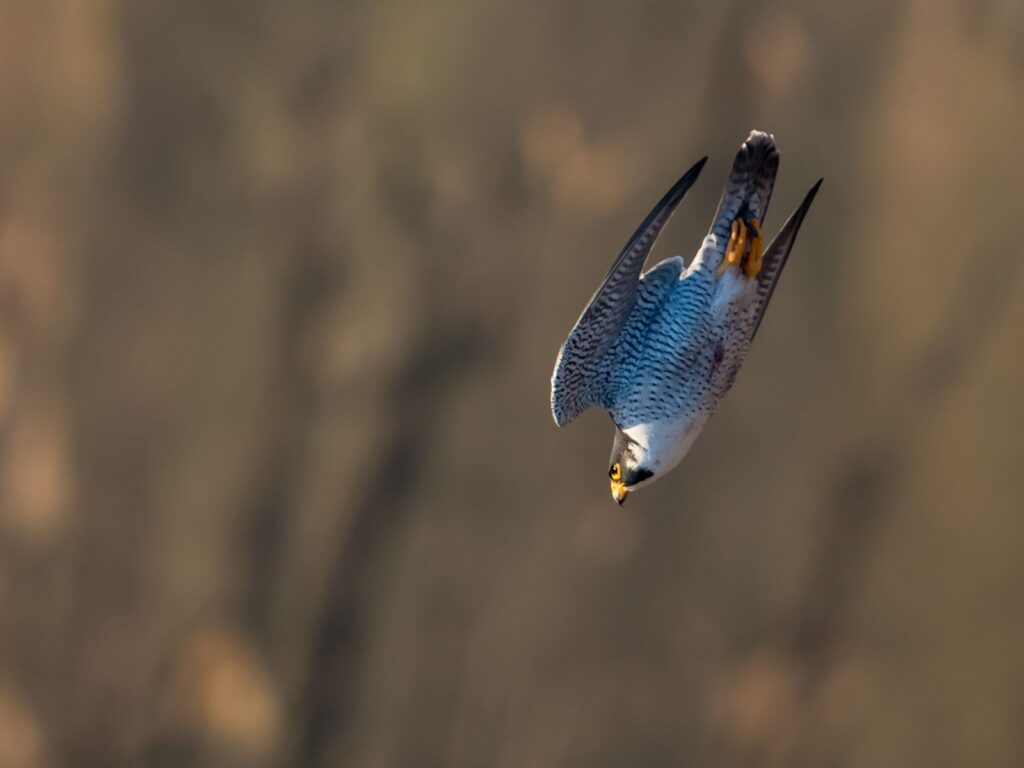Canada’s vast wilderness is home to some of the world’s most awe-inspiring and fearsome creatures. From the icy Arctic to the dense forests and coastal waters, these predators have adapted to thrive in harsh environments. Canada is a beautiful country, and I love how rugged and unspoiled so much of it still is. And, despite it’s climate, it’s home to some amazing creatures, including its share of formidable predators. Prepare to be amazed by the wild side of the Great White North as we explore these fascinating hunters!
Polar Bear

The polar bear reigns supreme as Canada’s most dangerous predator. These massive Arctic hunters are incredibly strong and can weigh up to 1,500 pounds. With their keen sense of smell and excellent swimming abilities, polar bears are perfectly adapted to life on the ice. Despite their cuddly appearance, they’re known for their aggressive behavior, especially when hungry or protecting their cubs.
Grizzly Bear
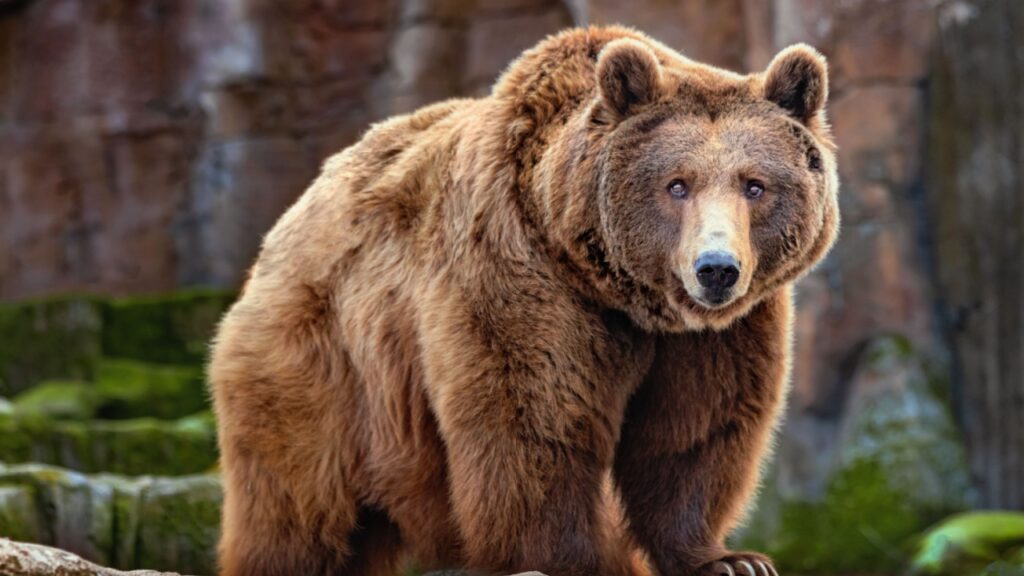
Grizzly bears are iconic symbols of the Canadian wilderness. These powerful omnivores can be found in western Canada’s mountains and forests. Grizzlies are known for their distinctive shoulder hump and long claws, perfect for digging and foraging. While they usually avoid humans, they can be extremely dangerous if surprised or if they feel their cubs are threatened.
Cougar

Also known as mountain lions, cougars are stealthy predators that roam the western parts of Canada. These big cats are known for their powerful legs, which allow them to leap up to 40 feet horizontally. Cougars are solitary hunters, primarily active at dawn and dusk. While attacks on humans are rare, their elusive nature and strength make them one of Canada’s most fearsome creatures.
Grey Wolf
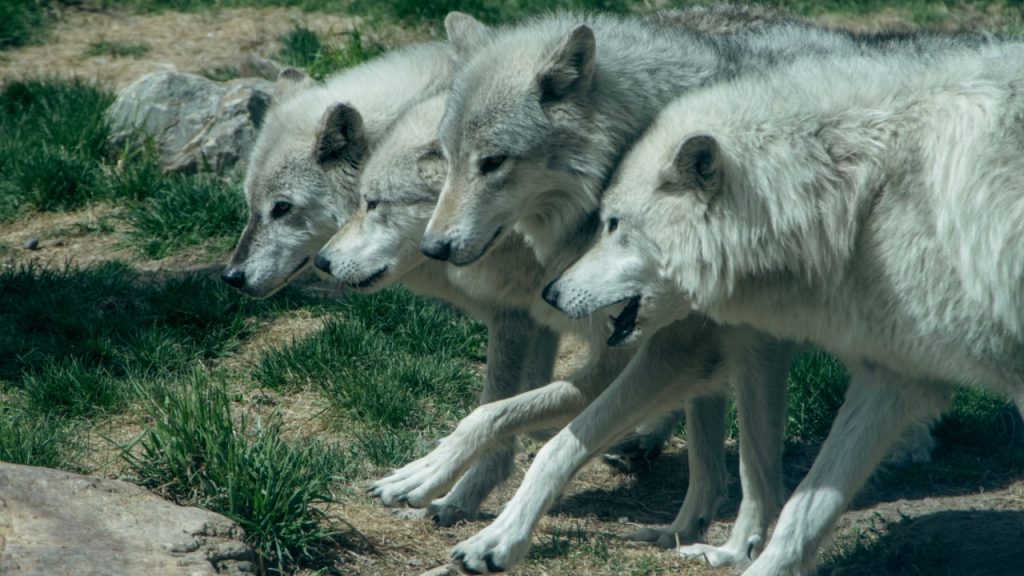
Grey wolves are highly intelligent pack hunters found across much of Canada. These canines are known for their complex social structures and haunting howls. Wolves play a crucial role in maintaining ecosystem balance by controlling prey populations. While they generally avoid humans, their strength and pack mentality make them formidable predators.
Wolverine

Don’t let its small size fool you – the wolverine is pound-for-pound one of the most ferocious animals in Canada. These muscular members of the weasel family are known for their incredible strength and tenacity. Wolverines have been known to take down prey much larger than themselves and can defend their kills against much larger predators.
Black Bear
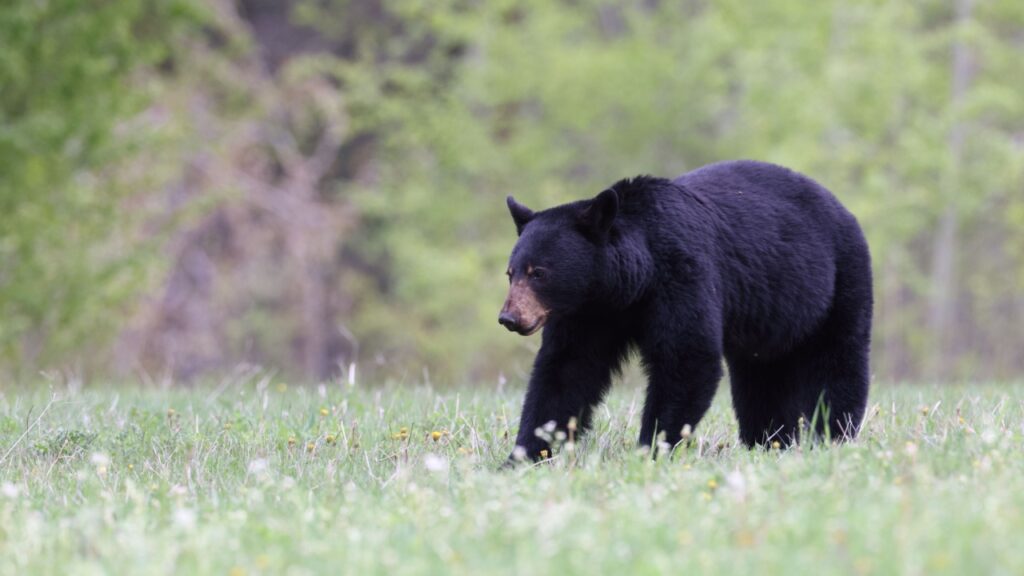
While generally less aggressive than their grizzly cousins, black bears are still formidable predators. Found across Canada, these adaptable bears are excellent climbers and swimmers. Black bears are opportunistic feeders, with a diet that includes fish, small mammals, and even deer. Despite their name, their fur can range from black to cinnamon or even white.
Lynx
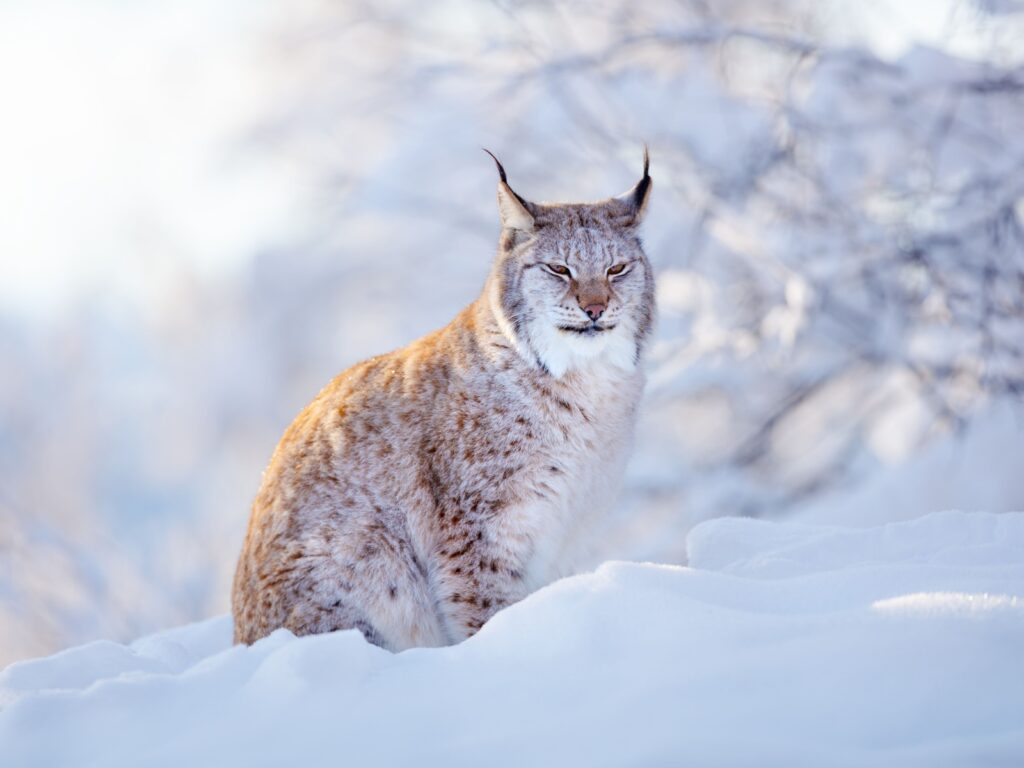
The lynx is a medium-sized wild cat known for its distinctive tufted ears and short tail. These elusive predators are perfectly adapted to Canada’s snowy forests, with large paws that act like snowshoes. Lynx primarily hunt snowshoe hares but will also take down larger prey when the opportunity arises.
Orca
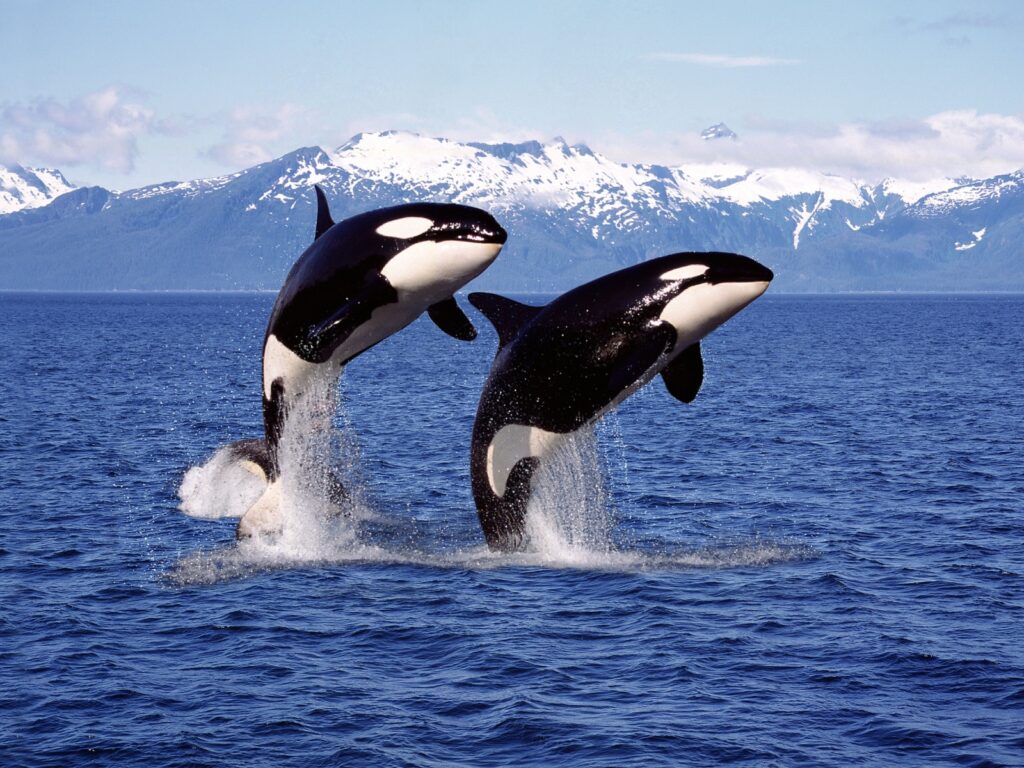
Also known as killer whales, orcas are the ocean’s top predators. These intelligent marine mammals are found in Canada’s coastal waters, from the Pacific to the Atlantic and Arctic oceans. Orcas hunt in pods and are known for their complex hunting strategies, taking down everything from fish to seals and even other whales.
Great White Shark
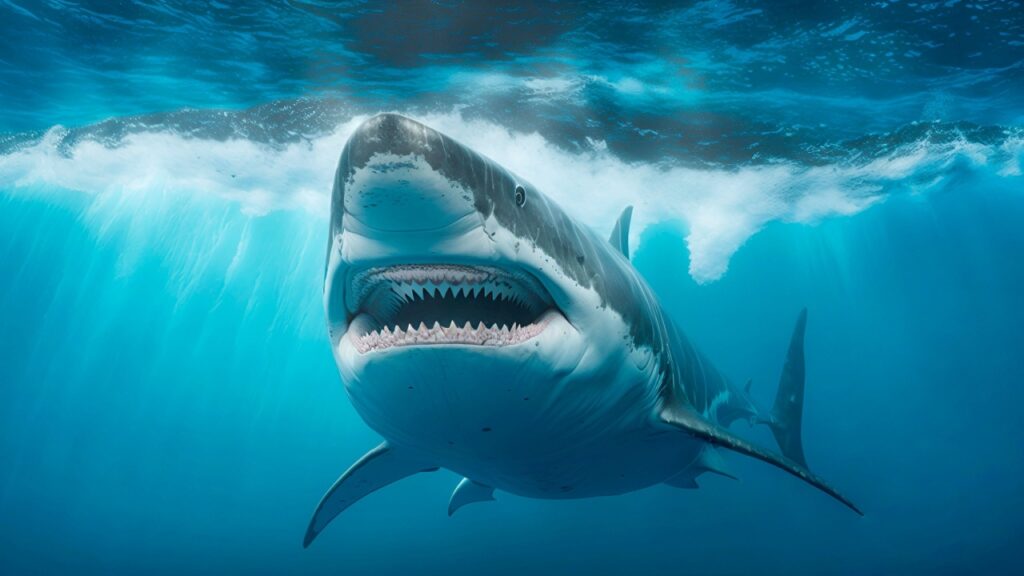
While not as common in Canadian waters as some other predators, great white sharks do visit the country’s coasts, particularly in the Atlantic. These massive sharks are apex predators, known for their powerful jaws and keen hunting abilities. Great whites play a crucial role in maintaining the health of marine ecosystems.
Golden Eagle

One of Canada’s largest birds of prey, the golden eagle is a formidable hunter. These majestic birds cxan be found in mountainous and open areas across the country. With their sharp talons and excellent eyesight, golden eagles can take down prey as large as small deer or foxes.
Timber Rattlesnake
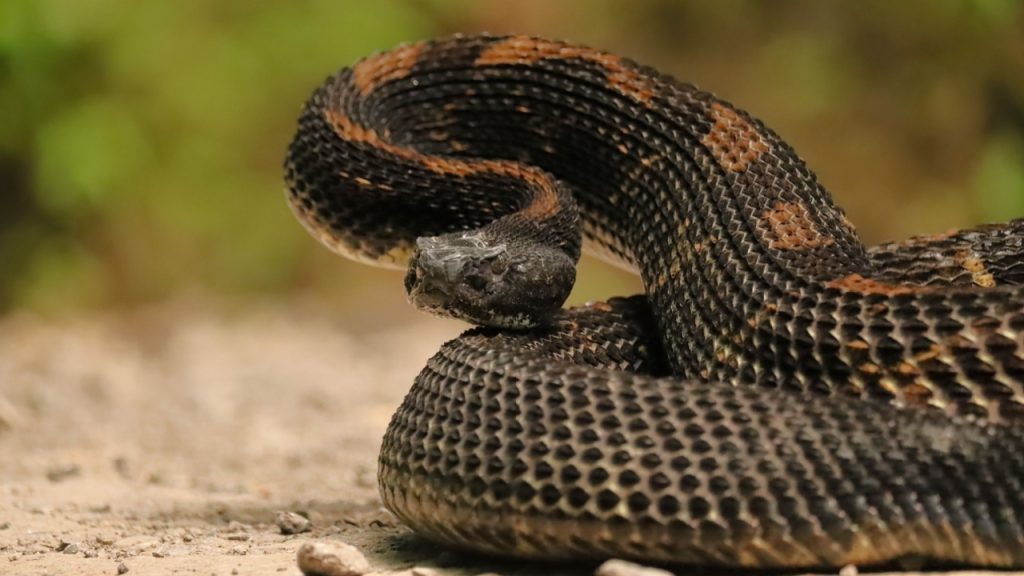
While Canada isn’t known for its venomous snakes, the timber rattlesnake can be found in small pockets of southern Ontario. These pit vipers have a potent venom that they use to subdue their prey. Timber rattlesnakes are generally shy and will try to avoid confrontation, but their venomous bite makes them a predator to be respected.
Arctic Fox

Though small, the Arctic fox is a cunning predator of the north. These furry hunters are well-adapted to life in the tundra, with thick coats that change color with the seasons. Arctic foxes primarily feed on small mammals like lemmings, but they’re also known to scavenge from larger predators’ kills.
River Otter
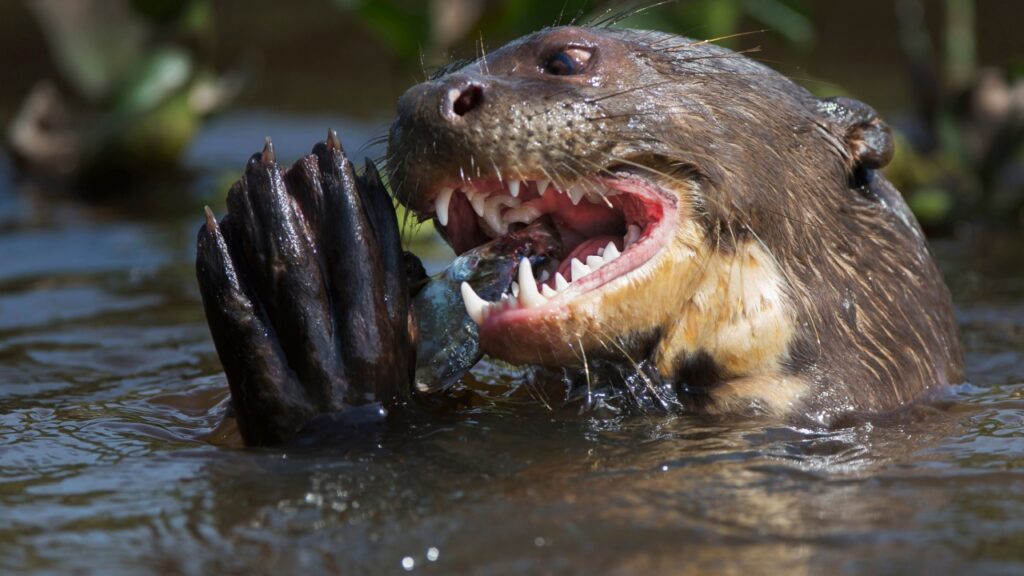
River otters might look cute, but they’re skilled predators in Canada’s waterways. These playful mammals are excellent swimmers and can hunt both in water and on land. River otters primarily feed on fish, but they’ll also catch frogs, crayfish, and even small mammals or birds.
Peregrine Falcon
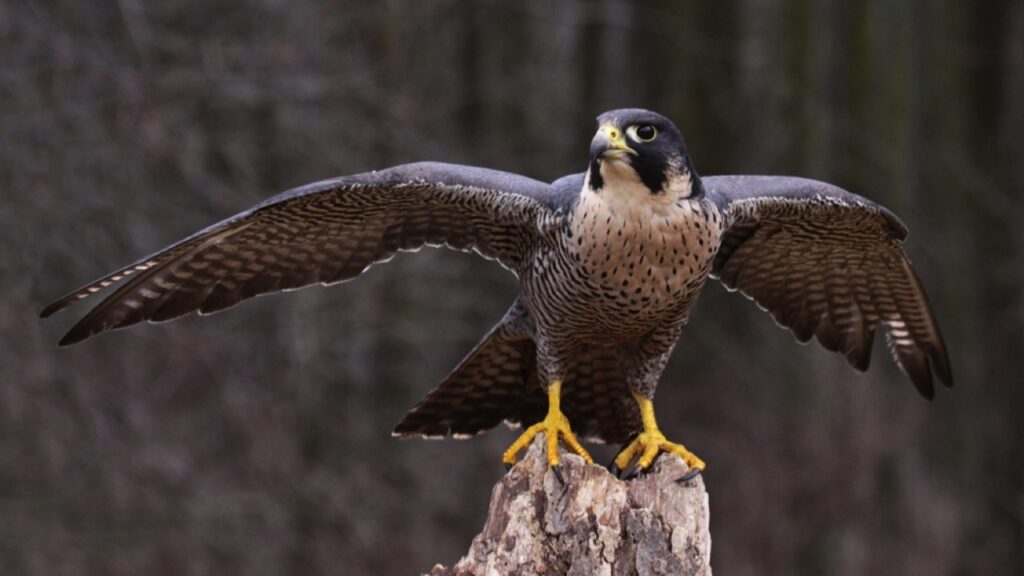
The peregrine falcon is renowned as the fastest animal on Earth, capable of reaching speeds over 240 mph during hunting dives. These agile birds of prey can be found across Canada, often nesting on cliff faces or tall buildings in cities. Peregrines primarily hunt other birds, using their incredible speed to catch prey mid-flight.
Snowy Owl

The snowy owl is a majestic and formidable predator of Canada’s arctic and subarctic regions. These large, white birds are known for their striking yellow eyes and silent flight. Unlike many owls, snowy owls are diurnal, hunting during the long daylight hours of the Arctic summer. They’re equipped with excellent hearing and vision, allowing them to locate prey even under thick snow. Snowy owls primarily feed on lemmings and other small rodents, but they’re capable of taking down prey as large as geese or rabbits. Their ability to survive in one of the harshest environments on Earth makes them one of Canada’s most impressive predators.

